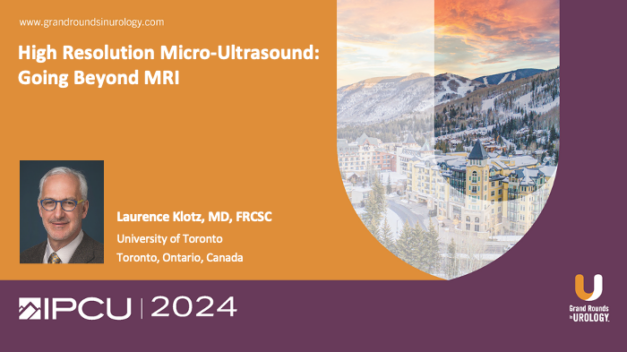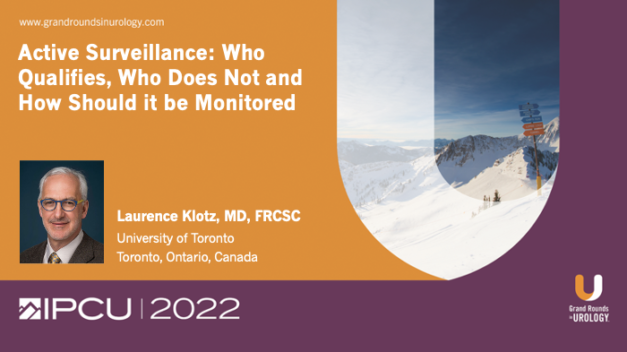Alan Partin Lecture: The Genomics and Natural History of Visible vs. Invisible Cancers
Laurence Klotz, MD, FRCSC, presents the newly-emerging and provocative concept of MRI visibility as a predictor of prostate cancer tumor aggressivity in the Alan W. Partin Distinguished Lecture at IPCU 34. Given that more definitive data on the subject develops, and the urological community accepts it, this could imply significant changes to practice.
Currently, the concern over invisible cancers drives a lot of interventions, such as systemic biopsies in patients who have already undergone targeted biopsies and/or received negative imaging results. Patients on active surveillance derive anxiety from the possibility of having untreated occult cancer.
The clinical implication of imaging-based monitoring has many advantages, such as psychological benefit to the patient, and reduced cost and burden of care from avoiding systematic biopsies. Recent genomic and clinical studies support the idea that tumors invisible on MRI imaging have much more favorable genetics and natural history tha
Read More




